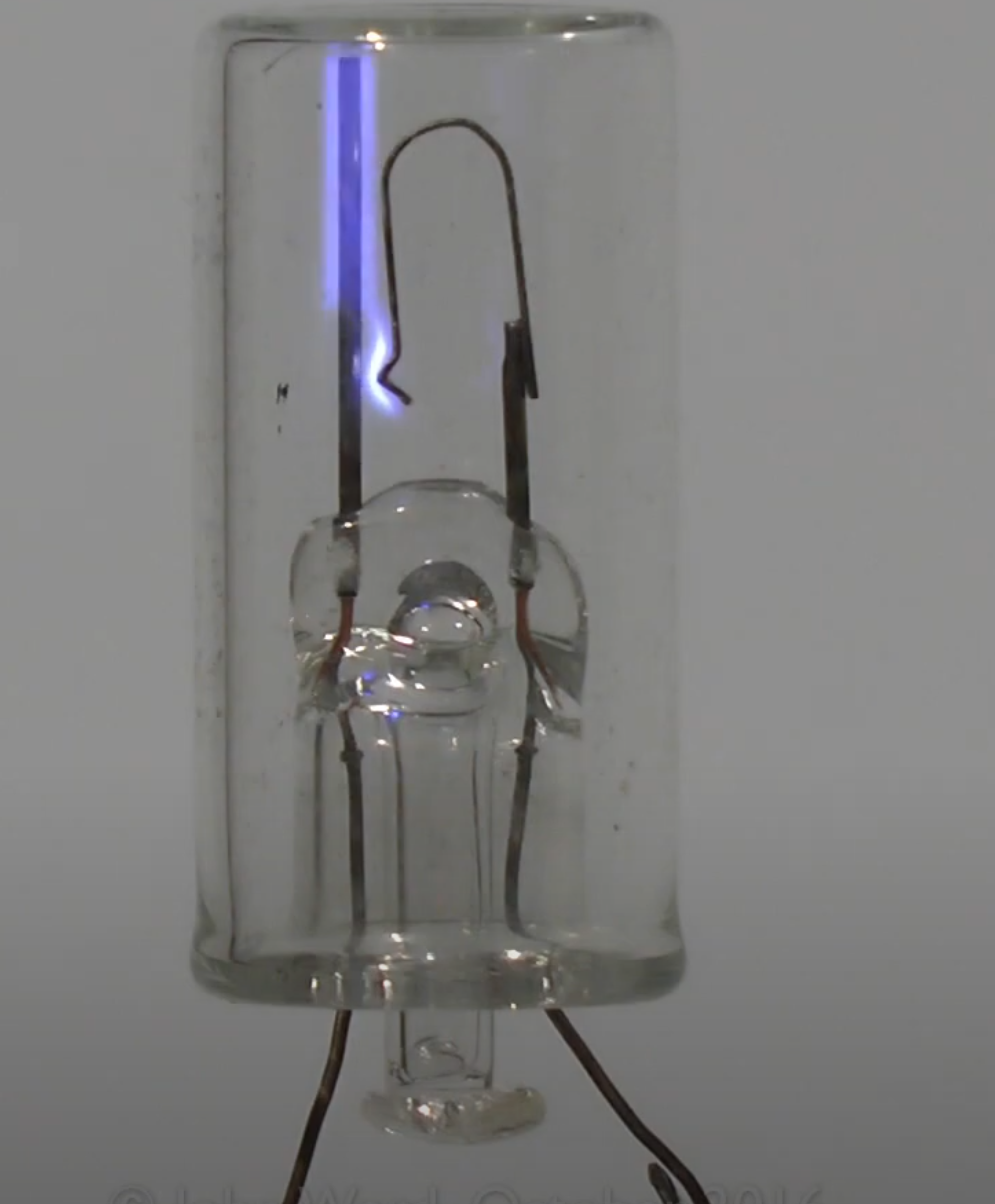The circuit of an old-style florescent fixture with a starter is like this (image from here - corrected by myself):

The conventional starter is a special discharge tube with a bimetal switch inside. Image from this video:
When the fluorescent tube is not ignited the voltage across it is high, so the starter gas discharge tube ignites and heats the bimetal so it shorts and then heats the filaments at each end of the tube. That stops the heating of the bimetal so it will release in a short time. Once the filaments are sufficiently heated, there's enough emission to sustain a discharge and they self-heat and the starter can release until the power is cycled. Sometimes it takes a few 'tries' to get the tube to light.
In some cases, they replaced the starter switch with a momentary switch for manual operation (eg. for magnifier circular lamps).

So as you can see there is power available from one end of the tube to the other, even without the starter, so what's up with doing anything with the starter, you may ask.
LED lamps have electronics incorporated and it's inconvenient to run a wire the length of the tube so it would be more convenient to pack the power supply into one end and short the starter socket so that both sides of the power are available on either end. Also if they shorted both ends of the filament pins and drew power from them, it might do something rather unpleasant if the normal starter was still installed (and a percentage of DIY'rs are going to do dumb things).
At least that's my assumption.
Why do they call it a 'starter'? The LED won't work without it, so it must be a starter..



